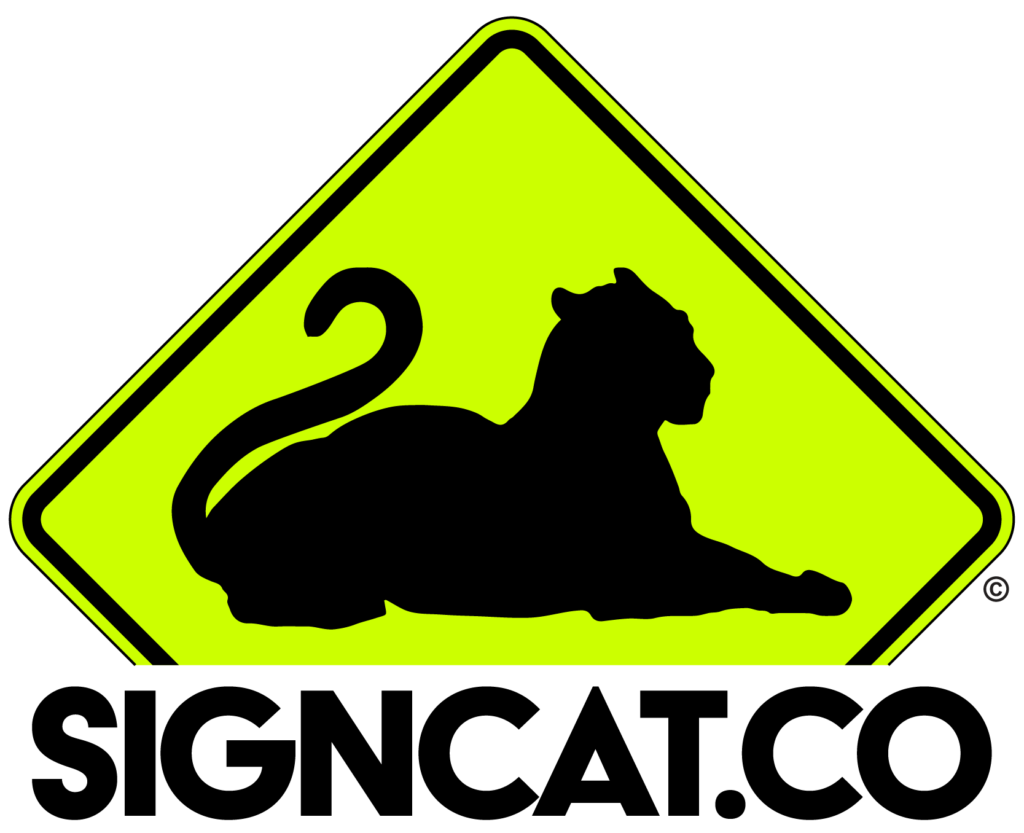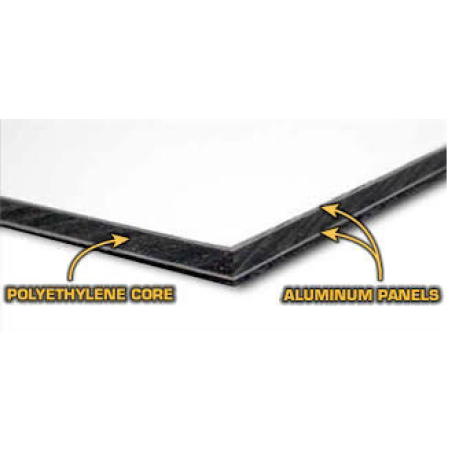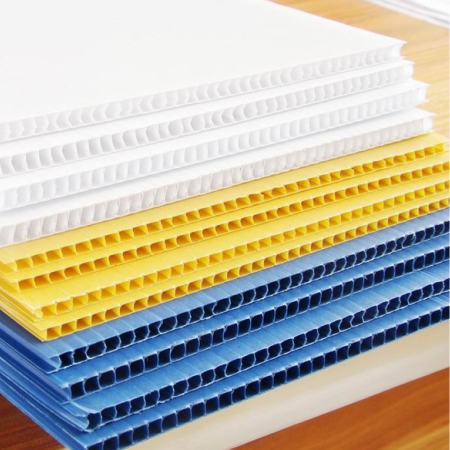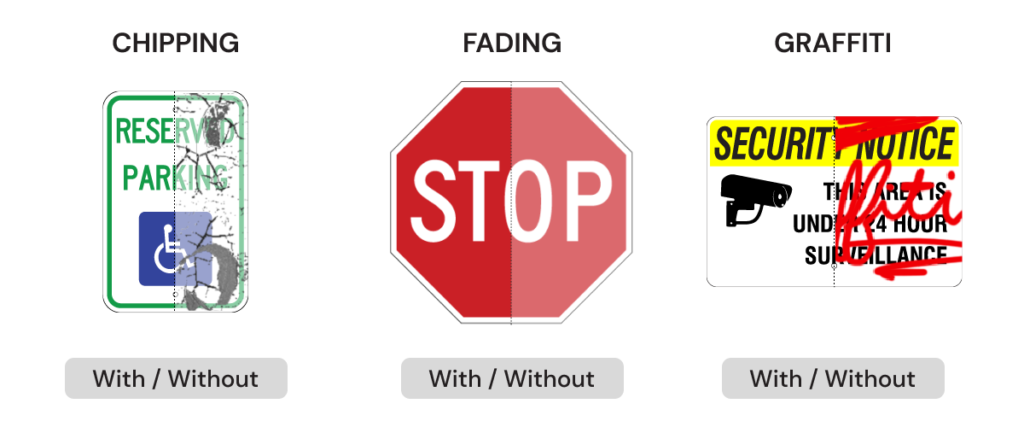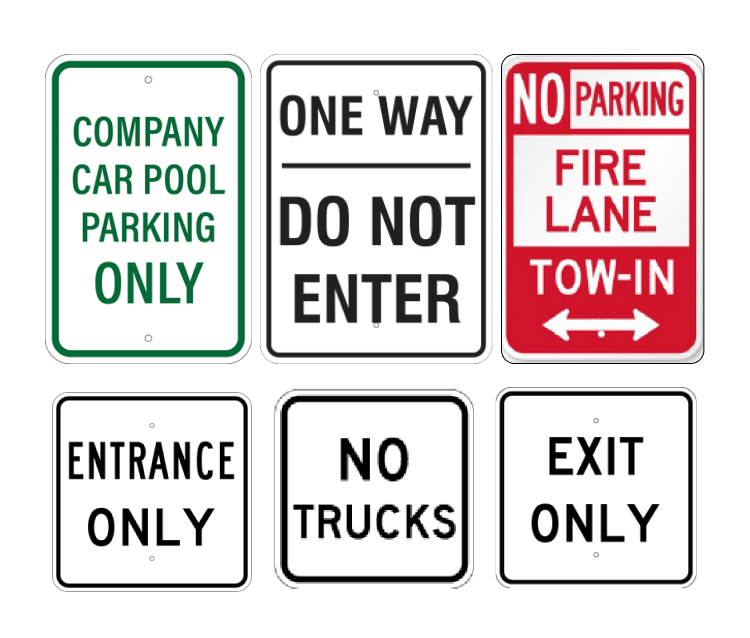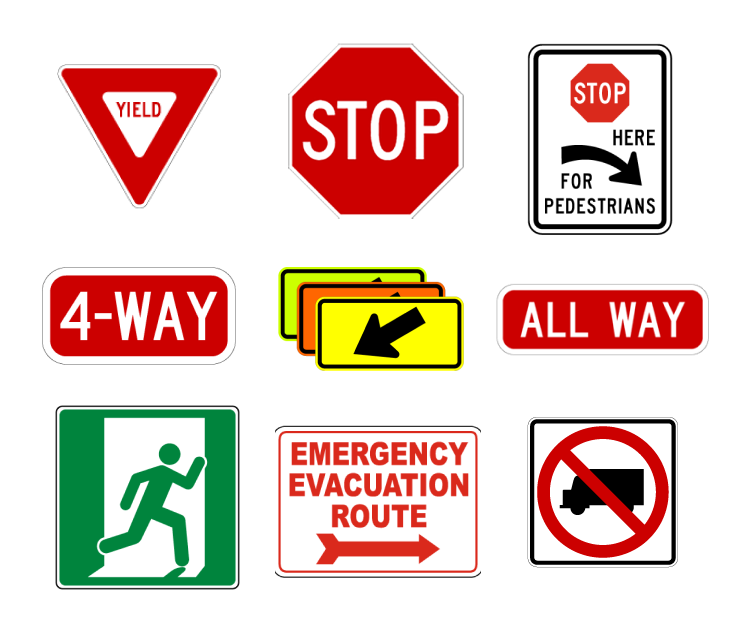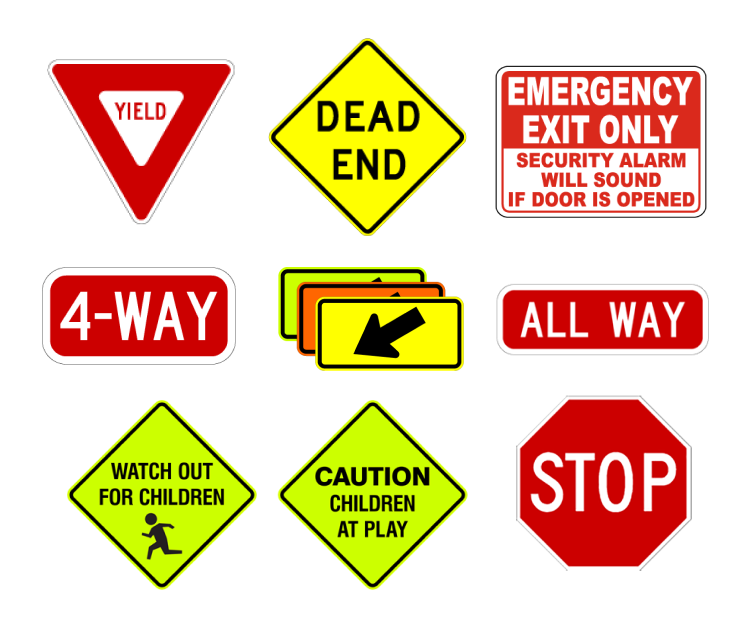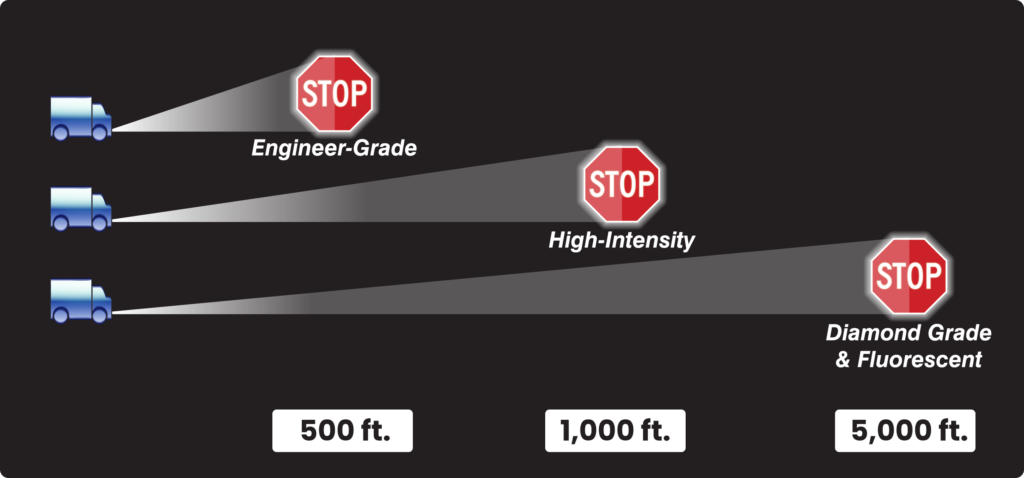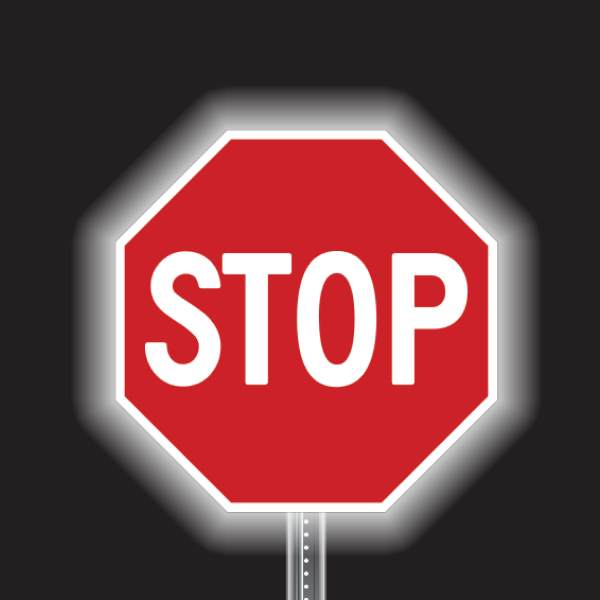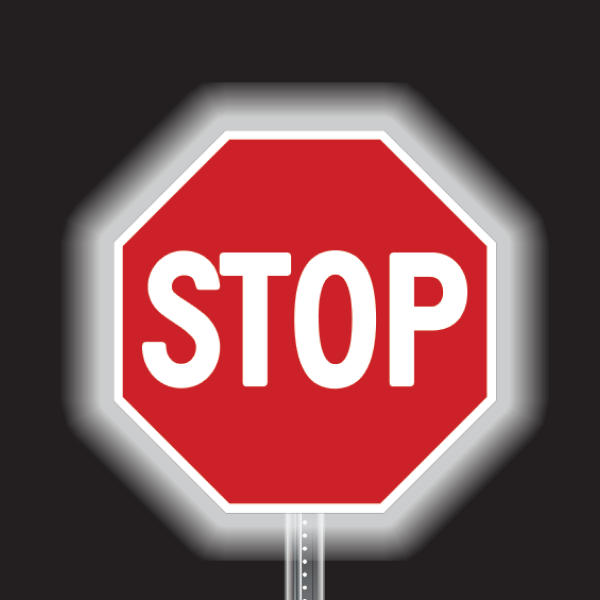Prohibited signs play a vital role in maintaining safety, security, and order across various environments. From workplace settings to public spaces, these signs communicate important restrictions and warnings that help prevent accidents, protect property, and ensure compliance with regulations. This comprehensive guide will walk you through everything you need to know about prohibited signs and how to implement them effectively.
Prohibited Signs
Prohibited signs, also known as prohibition signs, are characterized by their distinctive design featuring a red circle with a diagonal line through it. This universal symbol immediately communicates that specific actions or behaviors are not allowed in a particular area. These signs are designed to be easily recognizable and understood, even by individuals who may not speak the local language, making them an essential tool for safety communication.
Types of Prohibited Signs
The range of prohibited signs available is extensive, reflecting the diverse needs of different environments and situations. Common types include “No Smoking” signs, which are legally required in many public spaces and workplaces. “No Entry” signs are crucial for restricting access to dangerous or private areas, while “No Photography” signs protect sensitive information and privacy rights. Other frequent applications include “No Food or Drink,” “No Cell Phones,” and “No Pets” signs, each serving specific regulatory or safety purposes.
Regulatory Requirements and Standards
When purchasing and installing prohibited signs, it’s essential to understand the relevant regulatory requirements. In many jurisdictions, specific standards govern the design, size, and placement of these signs. For instance, the Occupational Safety and Health Administration (OSHA) has detailed requirements for workplace safety signs, including specific color codes, dimensions, and visibility standards. International standards like ISO 7010 also provide guidelines for safety signs that are recognized globally.
Design Elements and Visibility
Effective prohibited signs share several key design elements that ensure maximum visibility and comprehension. The standard red circle with a diagonal line should be prominent and clearly visible. The background is typically white to provide maximum contrast, while the pictogram or text within the sign should be black. This color combination ensures the sign is visible under various lighting conditions and from appropriate distances.
Material Selection and Durability
Choosing the right material for prohibited signs is crucial for their longevity and effectiveness. High-quality signs are typically manufactured using durable materials such as aluminum, rigid plastic, or PVC. For outdoor applications, signs should be weather-resistant and UV-protected to prevent fading. Indoor signs might use different materials depending on the environment, such as self-adhesive vinyl for smooth surfaces or more robust materials for industrial settings.
Placement and Installation Considerations
The effectiveness of prohibited signs largely depends on their proper placement. Signs should be installed at eye level whenever possible and positioned where they will be noticed before the prohibited action might occur. Consider factors such as viewing distance, lighting conditions, and potential obstructions when determining sign placement. In some cases, multiple signs may be necessary to ensure adequate visibility from all approaches.
Digital and Electronic Prohibited Signs
Modern technology has introduced new options for prohibited signage. Digital signs can be particularly effective in environments where restrictions may change based on time or circumstances. LED-illuminated signs offer enhanced visibility in low-light conditions, while programmable digital displays can alternate between different messages or languages as needed. These advanced options can provide flexibility and improved visibility in challenging environments.
Maintenance and Inspection
Regular maintenance of prohibited signs is essential to ensure their continued effectiveness. Signs should be inspected periodically for damage, fading, or obstruction. Dirty signs should be cleaned according to manufacturer recommendations to maintain visibility. Any damaged or illegible signs should be replaced promptly to maintain safety standards and legal compliance. Establishing a regular inspection schedule can help ensure signs remain effective and compliant.
Custom Prohibited Signs
While standard prohibited signs cover many common situations, some environments may require customized signage to address specific needs. Custom signs can combine multiple prohibitions, include additional languages, or address unique situations not covered by standard signs. When designing custom prohibited signs, it’s important to maintain the standard design elements that make these signs immediately recognizable while incorporating the specific message or restriction needed.
Cost Considerations and Budgeting
Investing in quality prohibited signs is essential for long-term effectiveness and compliance. While initial costs may be higher for premium materials and professional installation, these investments typically result in longer-lasting signs that require less frequent replacement. Consider factors such as the environment where the sign will be installed, expected lifespan, and any specific regulatory requirements when budgeting for prohibited signs.
The Language of Prohibition
The way information is conveyed on prohibited signs is crucial for their effectiveness. Messages should be clear, concise, and unambiguous. When text is used alongside symbols, it should reinforce the visual message without creating confusion. Many environments benefit from multilingual signs or the use of universally recognized symbols to ensure comprehension by all potential viewers.
Future Trends in Prohibited Signage
The field of prohibited signage continues to evolve with new technologies and changing needs. Smart signs that can adapt to different situations, interactive displays that provide additional information when needed, and sustainable materials are all emerging trends in the industry. Staying informed about these developments can help organizations make better decisions about their signage needs.
Where to Purchase Prohibited Signs
When it’s time to purchase prohibited signs, choosing a reliable supplier is crucial for ensuring quality and compliance. Signcat.co offers a comprehensive selection of prohibited signs that meet all relevant safety standards and regulations. Their extensive catalog includes both standard and custom options, ensuring you can find exactly what you need for your specific application.
